The Difference Between CX and UX in Customer Impact

What do most businesses want? The obvious answer is good sales, a good conversion rate, and high revenue figures. But what does every business, no matter the type, need to thrive? The answer, of course, is satisfied customers. Ensuring that your customers are happy can bring all sorts of benefits, from the aforementioned increased revenue to great customer retention rates.
The next big question is, "How do you not only make them happy but also keep them happy?" Organizations will have different tactics and methods for keeping their customers happy, but those methods tend to fall into two broad categories: CX (customer experience) and UX (user experience).
Wait, are those two things not the same? Well, no, they're actually very different. So what's the difference between CX and UX? We'll examine how knowing the answer to this question can make a real impact on your tactics.
What is CX?
CX (customer experience) refers to the accumulated feelings of those people who have patronized your business. It can cover how they feel about your brand, how they perceive it, and how they feel about their overall experience when dealing with your organization, from the first touch point to the last transaction. It can be a major factor in establishing a solid brand reputation.
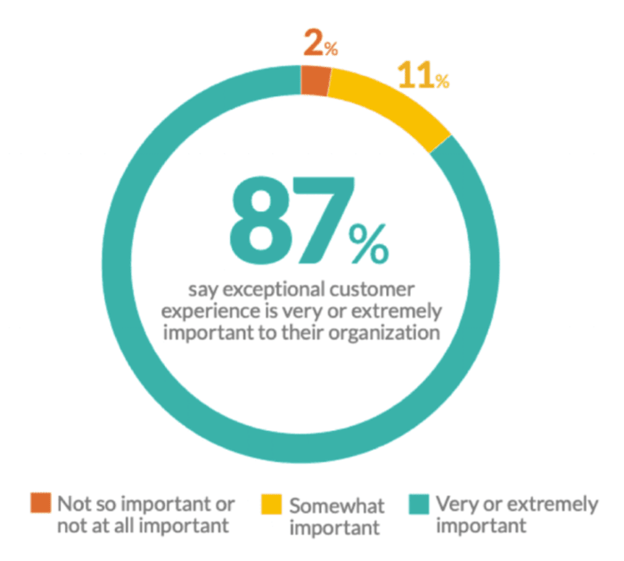
Image sourced from smartinsights.com
For example, let's say that one of the things your business offers is orchestration platform services. A customer is perhaps struggling with some aspects of the service and contacts your help center or tech support for assistance.
You want their experience to be as smooth and painless as possible. Otherwise, they may get fed up with how difficult it is to get help and look to one of your competitors instead.
So, what elements of your interaction are covered by the definition of CX? Think about the questions you might ask them if you were doing a CX survey:
-
Was it easy to contact the relevant team? Did the auto-attendant feature direct you quickly and efficiently to the appropriate person or team? This can also include using a chatbot so that queries can be dealt with 24/7.
-
Did the person you spoke to deal with you in a friendly and respectful manner?
-
Was your issue dealt with as quickly and painlessly as possible? This can include elevating the issue to a manager, if appropriate.
-
Were you happy with the service provided? Would you use our organization again and recommend us to others?
What is UX?
The primary difference between CX and UX (user experience) is that UX pertains to all of the people who interact with your brand. Some of them are existing customers, some are potential customers, and some may never become customers at all.
It covers any and all interactions, whether with your website (or social media platforms) or with the services you provide.
The chart below shows the three levels of customer interaction:
Image sourced from nngroup.com
Those interactions cover the first moment they visit your website or social media page right through to making a purchase, at which point CX intersects with UX. Well-designed UX keeps your users happy at every stage of those interactions.
As with CX, think about the questions you might ask a user regarding their experience with your brand. For example, you might consider asking questions such as:
-
Was the website easy to find and visually appealing when you clicked on it?
-
Once on the website, was it easy to navigate around it and find the information (or products/services) you were looking for?
-
Was the website optimized and mobile friendly?
There are elements of UX that fit within the overall CX model. That can include elements such as website design and ease of navigation.
The idea is to provide good CX and UX experiences so that customers are satisfied with every stage of their interaction with your brand. Think of the two as complementing each other while retaining their own identities and purposes.
What are your objectives?
When you consider your CX and UX strategies, it can help to think about what your objectives are and how you'll work towards achieving them. For example, you may consider ways of improving sales coaching in order to up your game. Being able to clearly define goals or objectives can make it easier to identify areas that need work.
CX objectives
-
Providing customers with an overall brand experience that engages and satisfies them and makes them want to use your brand again (and again).
-
Ensuring satisfaction at every point of their journey.
-
Providing a framework where you can receive customer feedback and identify any additional needs or wants.
UX objectives
-
Ensuring that UX is seamless and there are minimal or, ideally, no pain points.
-
Making sure that the products or services on offer meet customers' needs or solve the problems they face.
-
Offering products that are of good quality and easy to use or, where the product is complex, ensuring that there are adequate resources to solve any issues.
Image sourced from eleken.co
You may have separate teams working on CX and UX or you may have one large team sharing responsibilities. Your main goal with CX is to ensure that customers have a positive experience with your brand, while your primary UX goal is to make sure that initial interactions are smooth and help pave the way to positive CX.
How to track and analyze your CX and UX
It's one thing to know what CX and UX are, as well as how important they are to your business, but how do you measure them? How do you know that the tactics, designs, and processes you employ are working?
CX metrics
It's actually fairly easy to measure your customer experience, both from a quantitative and qualitative perspective. With the latter, you can look at what people are saying in reviews, in customer surveys, and on social media. From a quantitative perspective, there are some solid data sources that can help you track and measure performance:
-
NPS (net promoter score)
NPS is one of two key metrics when it comes to understanding how customers perceive your brand. It's a simple metric that asks a single question: "How likely is it that you would recommend us to a friend or colleague?". It's scored on a 1-10 scale and you group respondents as follows:
0-6: Detractors - These are customers who weren't happy with their experience or your brand. They could damage your brand with negative reviews and comments or disparaging word of mouth.
7- 8: Passives - These customers are generally satisfied but may not display much enthusiasm or loyalty.
9-10: Promoters - These are your best customers who are both loyal and likely to recommend you to friends or family, or even directly refer them.
To know your NPS, you subtract the percentage of detractors from the percentage of promoters. Of course, you'll always be looking to improve this and turn passives into promoters and so on.
-
CSAT (customer satisfaction)
Image sourced from nicereply.com
Customer satisfaction score (CSAT) is the other simple metric that measures how satisfied customers are with your products and services. It again asks a single question, some variation of "How would you score your overall satisfaction with our product?" This time, it uses a scale of 1-5 as follows:
1. Very unsatisfied
2. Unsatisfied
3. Neutral
4. Satisfied
5. Very satisfied
-
Churn rate
This third metric measures dissatisfaction levels rather than satisfaction levels. It's the rate at which people stop using your business. Your churn rate is usually expressed as the percentage of total customers who stop using your business in a given time period. If you're seeing a high churn rate, you need to identify what may be causing it.
UX metrics
With UX, things aren't so cut and dried. The majority of UX metrics come down to how accessible and user friendly your site or other platforms are. There are some common ways to gauge how well you're performing in this area.
-
User testing: you can do this during the actual design process, employing real users to test out different parts of your site. Using surveys, interviews, etc., test how usable and accessible each area is. You can also use A/B testing to tweak pages to an optimum level.
-
Site/page loading speed: there are various views on how fast a site or page should load but, generally, the faster the better. Let's say you sell short courses for people learning to become a developer. One of your customers visits your site looking for the definition of smoke testing but your site takes a long time to load. This will cause frustration and the customer may tell people to avoid your business.
-
Task times: how long does it take for visitors to complete a "task"? That can be anything from the checkout process to something like finding your help section.
-
Rate of adoption: this tells you how quickly visitors and customers start using new features you've added to your site.
The takeaway
Free-to-use image sourced from Pixabay
There are many tactics you can use to improve both CX and UX, from simply listening to feedback on what needs to be improved to using better SEO strategies to provide a superior customer experience. Knowing the difference between them and how to identify problems is the key to improving them both.
Better CX and UX means your customers are happier and that means they're more likely to remain loyal to your brand and have higher CLVs (customer lifetime value). By being constantly mindful of your CX and UX, you can improve the metrics that matter most to you.

Subscribe to Our Newsletter!
Latest in Web Design








